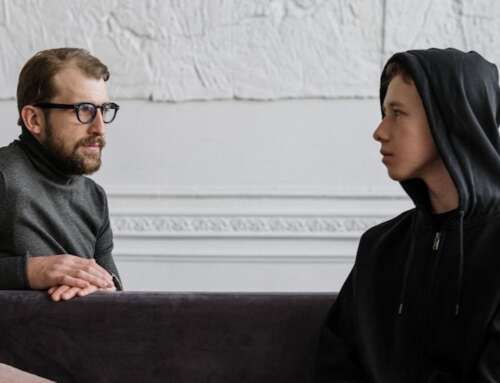New study by UCR psychology professor finds that children pay close attention to potentially threatening information and avoid eye contact when anxious
We spend a lot of time looking at the eyes of others for social cues – it helps us understand a person’s emotions, and make decisions about how to respond to them. We also know that adults avoid eye contact when anxious. But researchers have known far less about “eye gazing” patterns in children.
According to new research by Kalina Michalska, assistant professor of psychology at the University of California, Riverside, we now know that anxious children tend to avoid making eye contact, and this has consequences for how they experience fear. The shorter and less frequently they look at the eyes of others, the more likely they are to be afraid of them, even when there may be no reason to be. Her study, “Anxiety Symptoms and Children’s Eye Gaze During Fear Learning,” was published in the journal The Journal of Child Psychology and Psychiatry.
“Looking at someone’s eyes helps us understand whether a person is feeling sad, angry, fearful, or surprised. As adults, we then make decisions about how to respond and what to do next. But, we know much less about eye patterns in children – so, understanding those patterns can help us learn more about the development of social learning,” Michalska said.
– By Mojgan Sherkat
Read More: Eye Patterns in Children: The Development of Anxiety and Emotion







Leave A Comment